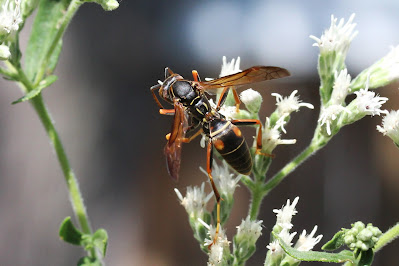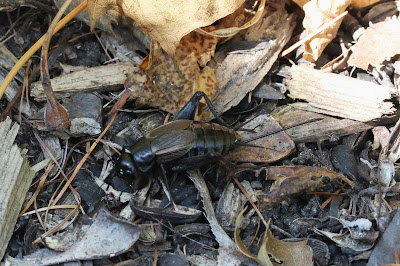Backyard Pollinators!
The Black-eyed Susan's have almost finished blooming. Dozens of Peck's Skippers have been making last ditch efforts to scoop up the nectar. (and find a mate!)
Common Eastern Bumblebee: Bumblebees are considered to be one of the most beneficial animals in nature. They pollinate flowers, fruits and vegetables including tomatoes, blueberries and cucumbers. Bumblebees have fur all over their bodies. These hairs collect and trap pollen, which the bees carry from one bloom to another.
https://www.nwf.org/Educational-Resources/Wildlife-Guide/Invertebrates/Common-Eastern-Bumblebee
Western Honey Bees: Research, led by York University, has discovered Honey Bees likely originated in Asia. The western Honey Bee then expanded into Africa and Europe, creating seven geographically separate and genetically distinct evolutionary lineages. The Western Honey Bee is used for crop pollination and honey production throughout most of the world. They have a remarkable capacity for surviving in vastly different environments from tropical rainforest, to arid environments, to temperate regions with cold winters!
https://www.yorku.ca/science/2021/12/06/where-did-western-honey-bees-come-from-new-research-finds-the-sweet-spot/
Common Aerial Yellowjackets are the most widely ranging yellow jacket species in North America. Their numbers appear to increase towards the end of the summer because the colony begins to disperse after the young have been reared. Basically, they interrupt picnics in search of sweets!
https://greennature.com/yellowjacket-pictures/
European Paper Wasps are black with prominent yellow markings and are frequently mistaken for yellowjackets.
https://extension.psu.edu/european-paper-wasp
https://theinsectguide.net/northern-paper-wasp/
Although not considered a pollinator, Fall Field Crickets can help with some pollen transfer as they move through gardens. They will overwinter at the egg stage.









No comments:
Post a Comment